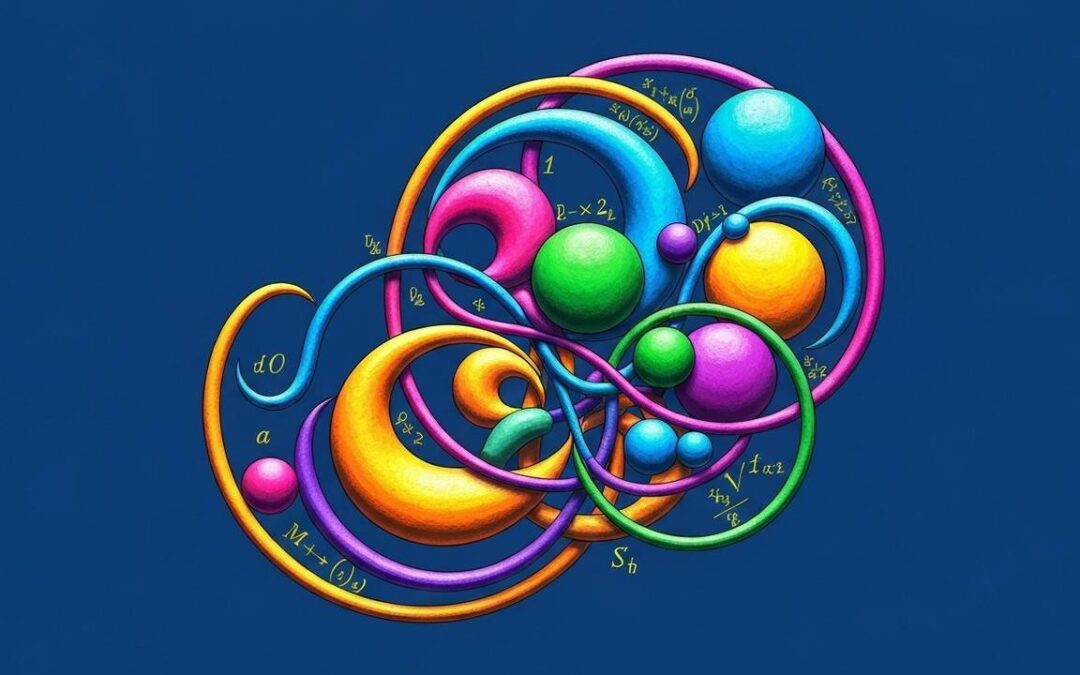Prime numbers, those integers greater than one divisible only by one and themselves, are more than just mathematical curiosities. These fundamental building blocks of numbers play a crucial role in cryptography, computer science, and various other fields. Understanding prime numbers is essential for anyone delving into number theory. In this exploration, we’ll unravel the mysteries surrounding prime numbers, their identification, and their profound impact on modern technology.
Table of Contents
More from me
Prime numbers are fundamental in number theory, playing a crucial role in cryptography and computer science. A prime number is a natural number greater than 1 that has no positive divisors other than 1 and itself. Understanding prime numbers involves exploring their unique properties and distributions. This blog post will delve into the characteristics, identification, and significance of prime numbers, offering a comprehensive guide for students and enthusiasts alike. The concept of prime numbers is essential for various mathematical applications.
Definition and Examples of Prime Numbers
A prime number is a natural number greater than 1 that cannot be formed by multiplying two smaller natural numbers. In other words, its only divisors are 1 and itself. For example, 2, 3, 5, 7, and 11 are prime numbers. The number 4 is not prime because it can be expressed as 2 × 2, and 6 is not prime because it can be expressed as 2 × 3. This basic definition is the cornerstone for understanding more complex concepts.
To further illustrate, consider the number 13. Its only divisors are 1 and 13, making it a prime number. On the other hand, the number 15 can be divided by 1, 3, 5, and 15, thus it is not prime. Identifying prime numbers often involves checking for divisibility by smaller numbers. This process is essential for various applications, including encryption algorithms that rely on the properties of large prime numbers.
Methods for Identifying Prime Numbers
Several methods exist for identifying prime numbers. One of the simplest is trial division, where you check if a number ##n## is divisible by any integer from 2 to ##\sqrt{n}##. If it is not divisible by any of these numbers, then it is prime. For example, to check if 31 is prime, you would check if it is divisible by 2, 3, 4, and 5. Since it is not divisible by any of these, 31 is a prime number.
Another method is the Sieve of Eratosthenes, an ancient algorithm for finding all prime numbers up to a specified integer. This method involves creating a list of consecutive integers from 2 to ##n## and iteratively marking the multiples of each prime, starting with 2. The numbers that remain unmarked are prime. This method is efficient for finding all primes within a certain range.
Prime Factorization and Prime Numbers
Prime factorization is the process of expressing a composite number as a product of prime numbers. Every composite number can be uniquely expressed as a product of primes, according to the fundamental theorem of arithmetic. For example, the prime factorization of 28 is ##2 × 2 × 7##, or ##2^2 × 7##. Prime factorization is useful in many areas of mathematics, including simplifying fractions and finding the greatest common divisor.
Understanding prime factorization helps in identifying whether a number is prime. If a number can be factored into primes other than 1 and itself, it is not a prime number. For instance, 45 can be factored into ##3 × 3 × 5##, indicating that it is not prime. Prime factorization is a powerful tool for analyzing the properties of numbers and their relationships.
Applications of Prime Numbers
Prime numbers have numerous applications in various fields, most notably in cryptography. The RSA algorithm, a widely used public-key cryptosystem, relies on the difficulty of factoring large numbers into their prime factors. The security of RSA depends on the fact that it is computationally infeasible to factor a large number that is the product of two large primes. This makes prime numbers essential for secure communication.
In computer science, prime numbers are used in hashing algorithms and random number generators. Hash functions use prime numbers to distribute data evenly across a hash table, reducing collisions and improving performance. Random number generators use prime numbers to generate sequences of random numbers with good statistical properties. These applications highlight the practical importance of prime numbers in modern technology.
Similar Problems and Quick Solutions
Problem 1: Is 53 a prime number?
Yes, 53 is a prime number because it is only divisible by 1 and 53.
Problem 2: Find the prime factorization of 36.
The prime factorization of 36 is ##2 × 2 × 3 × 3##, or ##2^2 × 3^2##.
Problem 3: Is 91 a prime number?
No, 91 is not a prime number because it is divisible by 7 and 13 (##91 = 7 × 13##).
Problem 4: Find all prime numbers between 20 and 30.
The prime numbers between 20 and 30 are 23 and 29.
Problem 5: Determine if 101 is a prime number.
Yes, 101 is a prime number as it is only divisible by 1 and 101.
| Concept | Description | Example |
|---|---|---|
| Prime Number | A natural number greater than 1 with only two divisors: 1 and itself. | 2, 3, 5, 7, 11 |
| Trial Division | A method to check if a number ##n## is prime by dividing it by integers from 2 to ##\sqrt{n}##. | Checking if 31 is divisible by 2, 3, 4, and 5. |
| Sieve of Eratosthenes | An algorithm to find all prime numbers up to a specified integer by iteratively marking multiples of primes. | Finding all primes up to 100. |
| Prime Factorization | Expressing a composite number as a product of prime numbers. | ##28 = 2 × 2 × 7## |
| Applications | Cryptography, hashing algorithms, and random number generators rely on prime numbers. | RSA algorithm uses large primes for secure communication. |
We also Published
RESOURCES
- Prime number – Wikipedia
- Prime Numbers – Prime Numbers 1 to 100, Examples | Prime …
- nt.number theory – What are the connections between pi and prime …
- eli5:Can someone explain what a prime number is and WHY it’s …
- Prime Numbers by Anthony Madrid
- Prime Numbers: Music
- How can I generate large prime numbers for RSA? – Cryptography …
- Meaning of Rays in Polar Plot of Prime Numbers – Mathematics …
- Print series of prime numbers in python – Stack Overflow
- abstract algebra – Do we have negative prime numbers …







0 Comments